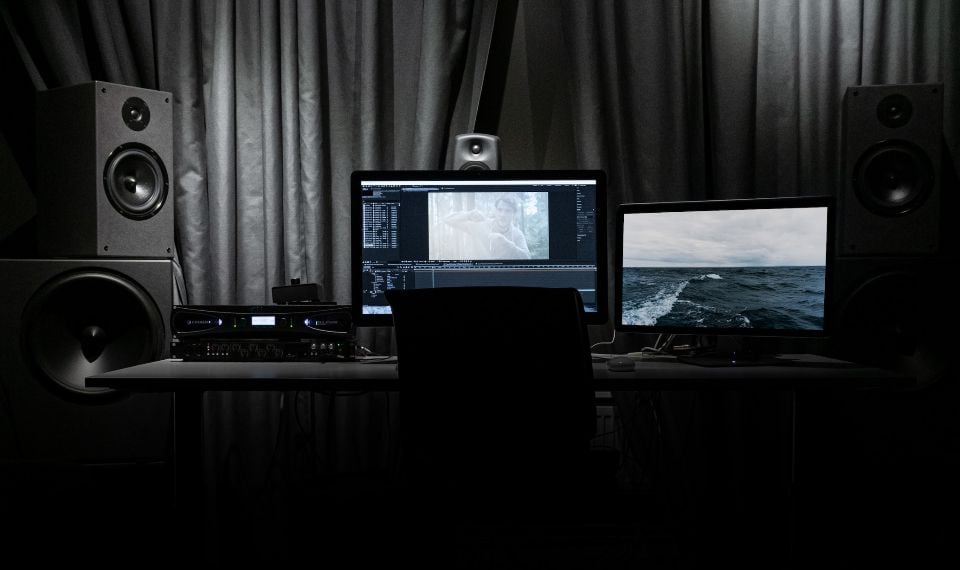Motion design gained great popularity due to the simplicity and at the same time brightness of information presentation. As a rule, the target message is transmitted through a picture, sound and text, which helps, in the shortest possible time, to "hook" the viewer and keep their attention until the end of the video. A motion designer is precisely engaged in the creation of such videos, designing static images with the help of animation.
In this article we will tell you about what cool skills that every self-respecting motion designer must know and be able to do.
What a motion designer should be able to do
A motion designer combines several professions at once: marketer, screenwriter, director, analyst, artist, videographer. Among the main duties:
-
● analysis of the target audience and selection of the appropriate style;
-
● development of the concept and preparation of the technical task;
-
● script writing and storyboard creation;
-
● processing of 2D, 3D and video sources.
To remain a sought-after specialist, you need to work professionally with video editors and 3D modeling programs, understand color and lighting, and know graphics and editing techniques. In addition, when hiring for a job, companies expect candidates to have an appropriate education, a sense of style, the ability to work in a team, and good organization.
What skills does a motion designer need?
Hard skills:
-
● basics of graphic design;
-
● basic knowledge of typography, composition and work with color;
-
● understanding of the turnkey animation creation process, from the script to the finished picture;
-
● knowledge of the entire technological chain of creating motion graphics and animation;
-
● the minimum required to start working with design — Adobe Photoshop, Adobe Illustrator;
-
● skills in working with basic software for creating animation: Adobe After Effects, Adobe Premiere Pro, Autodesk 3DS Max, Autodesk Maya, LightWave 3D, Blender, Cinema 4D, Adobe Audition.
Soft skills:
-
● creativity;
-
● curiosity and artistic taste;
-
● work with sound;
-
● communication;
-
● stress resistance.
Tools
Let's start with the base — with the hands of that project. In a product agency, a designer must be able to work with those tools that have taken root there: Adobe After Effects, prototyping software, Adobe Animate, Moho, etc. The deeper a person masters the possibilities of tools, the freer he feels in creative tasks.
When a motion designer develops in many ways and uses different tools, it opens up additional opportunities for his/her creativity. It's cool when a design solution isn't limited by tools and doesn't stop at a lack of skills. For example:
-
● Junior. I know hotkeys in Adobe After Effects, I know how to create components.
-
● Middle. I can create complex interactive animation, I can set up basic e-commerce.
-
● Senior. Very advanced user of all design tools and programs used by the team. I can teach beginners how to use them.
Edits
To replace even a small detail in a motion video, it takes more time than to correct a static picture. This is because all objects are interconnected, and to change the text, color or animation, you usually need to change the animation of the other elements as well.
And to all this, rendering is added, which also takes a certain amount of time. In order to slightly reduce the number of edits, in my work, experienced motion designers first send screenshots or short videos of various frames to clients, and only then finalize everything.
Styles
At work, it is difficult to focus on any one direction, style or technology. There is a thirst to try everything at once - necessarily all possible programs and technologies, simulations and renderings. Of course, to become a master of a certain style or technique, it is better to focus on one thing and pump skills in that direction.
For example, make only simulations in 3D, or only animate 2D illustrations. On the other hand, when you constantly experiment, you generate ideas and navigate new tools faster.
Creativity
The main difficulty is pumping the creative (director) muscle, because the search for ideas and meanings takes much more time than the technical implementation. Usually, the designer's background is important.
There is a stereotype that before becoming a motion designer, you need to learn to draw or show some creative inclinations. This is not so. Motion designers work mainly with software, without drawing anything themselves. Therefore, anyone can become such a specialist, regardless of their background or interests. The main thing is to be generally interested in this profession and learn the skills that are necessary for the job.






